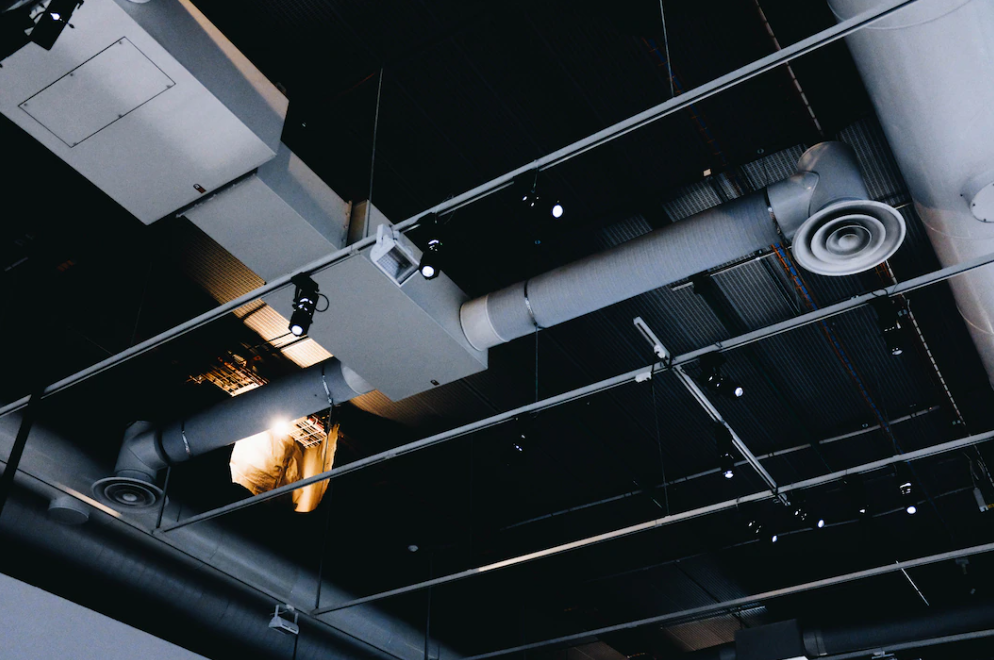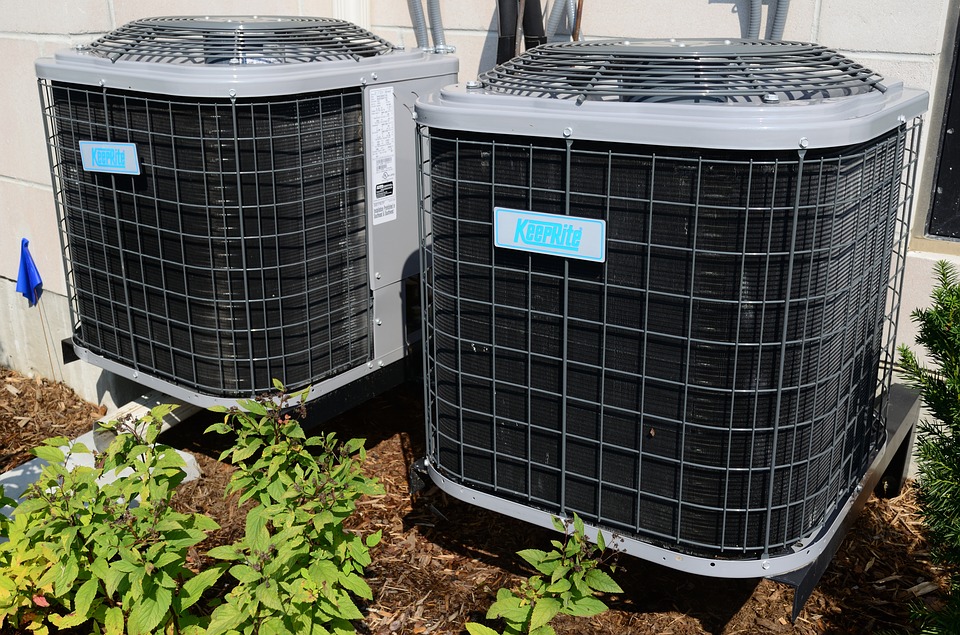Unlike outdoor pools, indoor swimming pools add year-round enjoyment and value to your property since they’re not subjected to weather

Nowadays, most people, especially in urban settings, spend about 80- 90% of their time indoors, both during work and leisure. Therefore, it’s important for MEP engineers and architects to work together to ensure that indoor spaces have a quality environment. A good Mechanic, Electrical & Plumbing design can lead to increased productivity, operation efficiency, healthy & comfortable living, lower carbon print emissions, and better environmental control.
But, what exactly is MEP and what doesn’t it entail? Well, read on as we take you through the basics of Mechanical, Electrical & Plumbing engineering!
MEP (Mechanical, Electrical & Plumbing) engineering is an important part of any building project. As the name implies, MEP engineering is made up of 3 technical disciplines that consist of the systems that allow any building to be ideal for human occupancy and use. In other words, MEP systems turn any building including laboratories into 50-store buildings from empty spaces into liveable and comfortable rooms.
An MEP engineering design is essential for accurate documentation, planning, cost estimation, decision making, construction, and maintenance of the resulting facility. It encompasses an in-depth selection and design of mechanical, electrical, and plumbing systems. However, these systems can have several different functions. For that, a team of MEP engineers will work in unison to create the best MEP engineering design based on the engineering principles and give installers the specifications they develop. Therefore, MEP engineers must understand different disciplines including electricity, heat transfer, mechanics, fluids, dynamics, computers, and thermodynamics.
As you’d expect, Mechanical, Electrical, and Plumbing engineering deal with their respective areas in a construction project. For instance, plumbing deals with things like soil lines, water tanks, WCs, valves, and drain lines, while electrical engineering deals with electrical conduits, lighting arrestors, power, generators, and other electrical works.
However, due to the high level of interaction between the systems, MEP installations are usually addressed together to avoid conflict in equipment locations. Luckily, modern engineering firms like Innodez use software to avoid this complexity and speed up the MEP Engineering Design process. Here, a computer automates simple, repetitive tasks, allowing our MEP engineers to focus on other areas.
Mechanical systems take up a significant part of MEP design and engineering. This is because they comprise HVAC systems, which have the piping for hot and cold water, dampers and controllers, ductwork fabrication works, thermal insulation works, and installation of machines like diffusers, chiller units, and air handling units.
Different types of buildings such as commercial, industrial & residential structures used many kinds of mechanical systems. For instance, they can relate to transportation systems like escalators and lifts, industrial plants & machinery, etc. However, there are 3 types of systems that account for most of the mechanical design work in a commercial project. They include;
These systems interact with each other to keep indoor humidity and temperature within a comfortable range for inhabitants. Specifically, ventilation ensures that adequate fresh air is supplied to the building to keep the concentration of pollutants at a safe and low level. In addition, mechanical installations operate effectively when they have adequate capacity.
On the other hand, over-engineering mechanical systems can lead to various challenges. For instance, oversized boilers and chillers cycle rapidly, thus wearing down the equipment fast and creating room temperature fluctuations. Similarly, over-engineering can lead to poor control of indoor relative humidity, which can irritate the skin and promote bacteria and mold growth.

Electrical engineering mainly includes electrical power and lighting. However, it also includes other electrical works like emergency power, Date/ voice communication, security systems, TV, transformer substations, fire alarm system, surge protection, access control, and lightning protection systems.
In general, electrical systems can be classified into; control systems, power supply & distribution, security & access, interior & exterior lighting, information & telecommunication system, and detection & alarm systems.
One of the biggest challenges in electrical system design in high-rise buildings is defining the best routes for wiring and conduit. However, they’re more flexible than mechanical systems as they need much less space. Also, electrical systems are much easier to install around obstacles.
Even better, wiring and conduits can be laid out using MEP engineering design software. This helps to avoid location conflicts with plumbing and mechanical systems and minimize total circuit lengths. At the same time, many MEP engineering design programs can be used to stimulate lighting systems to establish the optimal locations and number of lighting fixtures needed for the project.
Overall, mechanical and electrical systems tend to overlap a lot, hence the term Mechanical and Electrical (M&E) design. More importantly, HVAC design requires close collaboration between electrical and mechanical engineers during the MEP design phase. Electrical engineers design protection measures and electrical circuits that allow the MEP system to operate safely and continuously. While mechanical engineers calculate the cooling and heating loads of mechanical systems to determine the optimal capacities of the equipment.
Plumbing systems allow the movement of fluid in a building, and usually involve pipes, tanks, plumbing fixtures, valves, and other components. Similar to mechanical and electrical systems, plumbing works involve laying out complex pipeworks. Engineering firms mainly used MEP engineering design computer programs to simplify the plumbing design process.
Plumbing works include; cooling and heating, fuel gas piping, water recovery & treatment systems, waste removal, cold & hot water supply, and surface & rainwater drainage.
Another important thing worth mentioning about plumbing systems is that they interact with electrical and mechanical systems at several points. For instance, high-rise buildings often require water booster pumps that are powered by electricity. In addition, domestic hot water systems are heated by a dedicated boiler, electric heater, or a heater exchange connected to a boiler. This shows how important it is for the design teams to collaborate when creating an MEP engineering design for a particular project.
Final Word
When the field of Mechanical, Electrical, and Plumbing overlap in their implementation and design, it’s important to include an MEP engineer in your construction project. Hiring an MEP engineer in the initial stages of your project will help to reduce delays, redrafting, and confusion revisions. Alternatively, hire a firm that can handle all 3 MEP components like InnoDez to make your project much more streamlined. Our MEP experts will make the most efficient use of your resources by taking care of all the 3 components at the same time in a smooth, synchronized manner!
About Author
InnoDez